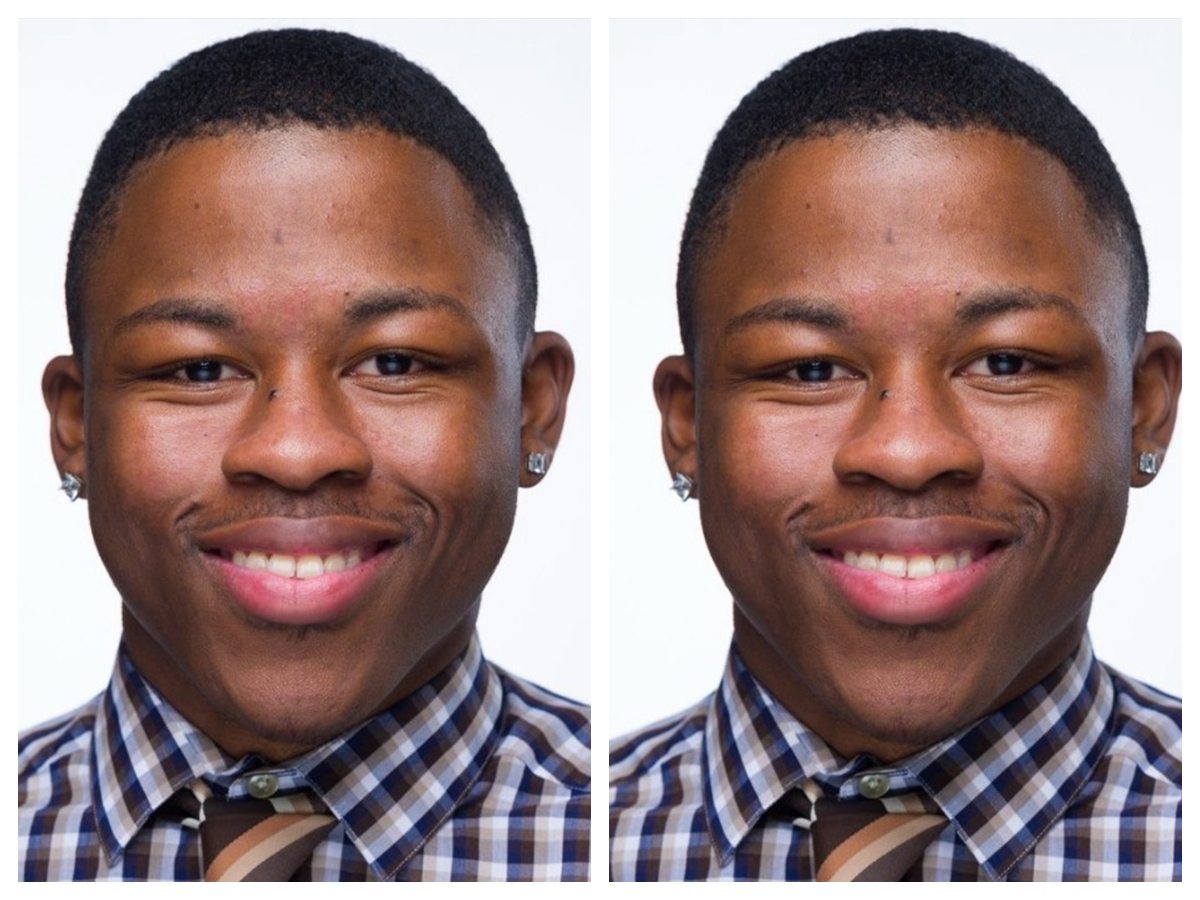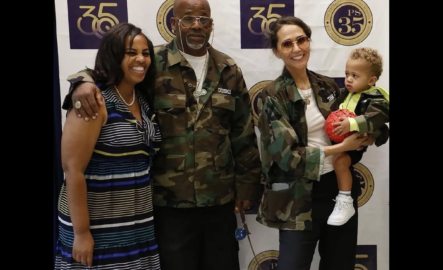Atlanta native Joel Murchison, a 24-year-old student at Jackson State University, developed a fascination with technology at an early stage of his life. He often discussed robotics with his stepfather, who became part of his life at age eight. With the world’s technological advancement, his interest naturally extended to Artificial Intelligence (AI).
This interest, combined with key events—notably a 2021 snowstorm during his freshman spring semester—inspired him to create an AI-powered platform.
Murchison’s college campus was severely affected by the snowstorm. As a result, the campus experienced a prolonged lack of clean drinking water that, he stated, continued for several semesters, lasting up to his senior year.
Since he was approximately five to six hours from his home, his family arranged for him to stay in a motel.
“The roads were icy. You couldn’t be able to drive, and there was no access to food and water…,” Murchison told AfroTech. “Dealing with that was a very traumatic experience… That’s when my problem-solving, where I want to solve the world’s hardest problem, started to come about.”
After attending an HBCU Founders Initiative workshop at Mississippi Valley State University in March 2025, Murchison was challenged to look beyond creating a solution around climate change (which was the focus of the workshop) and concentrate on broader sustainability solutions.
The initiative, run by Nex Cubed, aims to support students, alumni, and faculty from Historically Black Colleges and Universities (HBCUs) in developing solutions for healthcare, education, and financial services, according to its official website.
Inspired by this, Murchison founded the disaster recovery platform, RapidReliefAI, just a month later. He developed the prototype by teaching himself to code with AI using Lovable. As a student, he has benefited from discounts that help keep his development costs low, and he also took computer science courses through CodePath, including some from Harvard University.
“I would definitely say that AI changed my life. I’m a big advocate for AI. And I want to tell people, don’t be scared. Because when I first started the idea, I was a non-technical person,” he said.
RapidReliefAI assists first responders in locating and rescuing disaster victims through the deployment of drones. These drones are equipped with human- and thermal-sensing technology for effective victim detection.
“Let’s say a survivor is underneath a pile of rubble or rock because it’s an earthquake in California. Drones will be able to locate where that actual survivor is, and then that’s another life that we can be able to potentially save,” he explained. “The most lives are taken within the first 72 hours of a disaster. So our critical mission is to focus on saving as many lives as possible within the first 72 hours.”
RapidReliefAI will also offer ongoing assistance to disaster survivors by utilizing AI change detection to assess damage, thereby streamlining the challenging claims process. A key long-term objective is to collaborate with governments and insurance companies, enabling them to leverage drone data for automating and optimizing claims procedures, particularly damage documentation.
“What we’re using is AI change detection to analyze the damage before and after the disasters, things like floods in Houston or the hurricanes in New Orleans or the wildfires in California or the hurricane season in North Carolina, for instance, for infrastructure failures, where the AI compares visual data to spot change and damage created, and also creates instant reports that show where resources are needed most in a sense,” Murchison said. “So that way, it’s cutting out the manual processes for insurance claims adjusters.”
While drone deployment is currently on hold, the founder is collaborating with student volunteers to integrate AI Smart Motion Detection into the drone technology.
Presently, the platform concentrates on providing users with disaster recovery resources and educational materials on pre-disaster protocols. A key feature is the use of AI to guide users through the process of completing insurance claim forms, helping them receive the funds they are due.
Murchison, a fellow of the Black Ambition Prize’s HBCU Pre-Accelerator Program, revealed that his approach to technology is guided by Denzel Washington’s powerful saying: “Don’t aspire to make a living, aspire to make a difference.”








